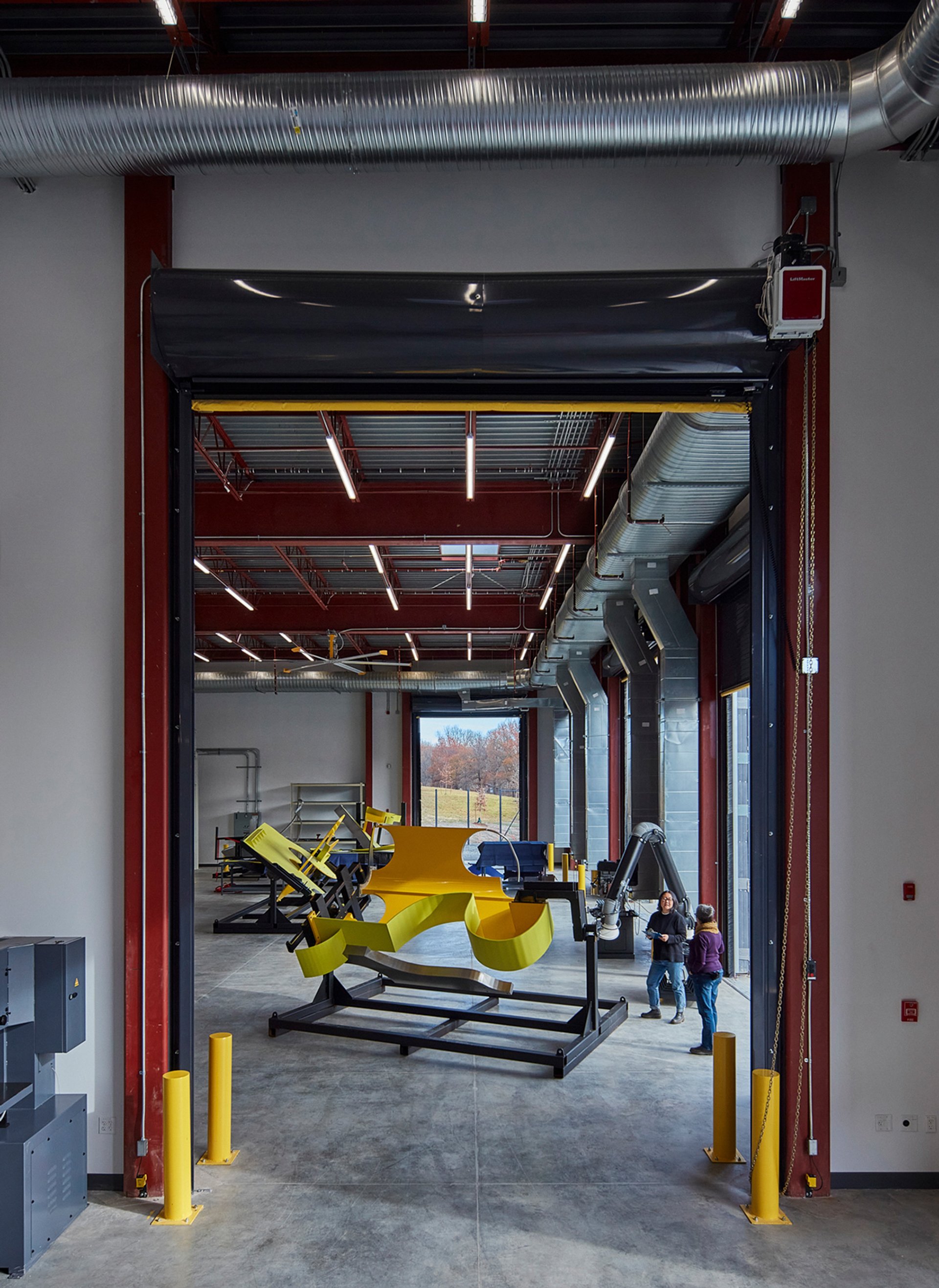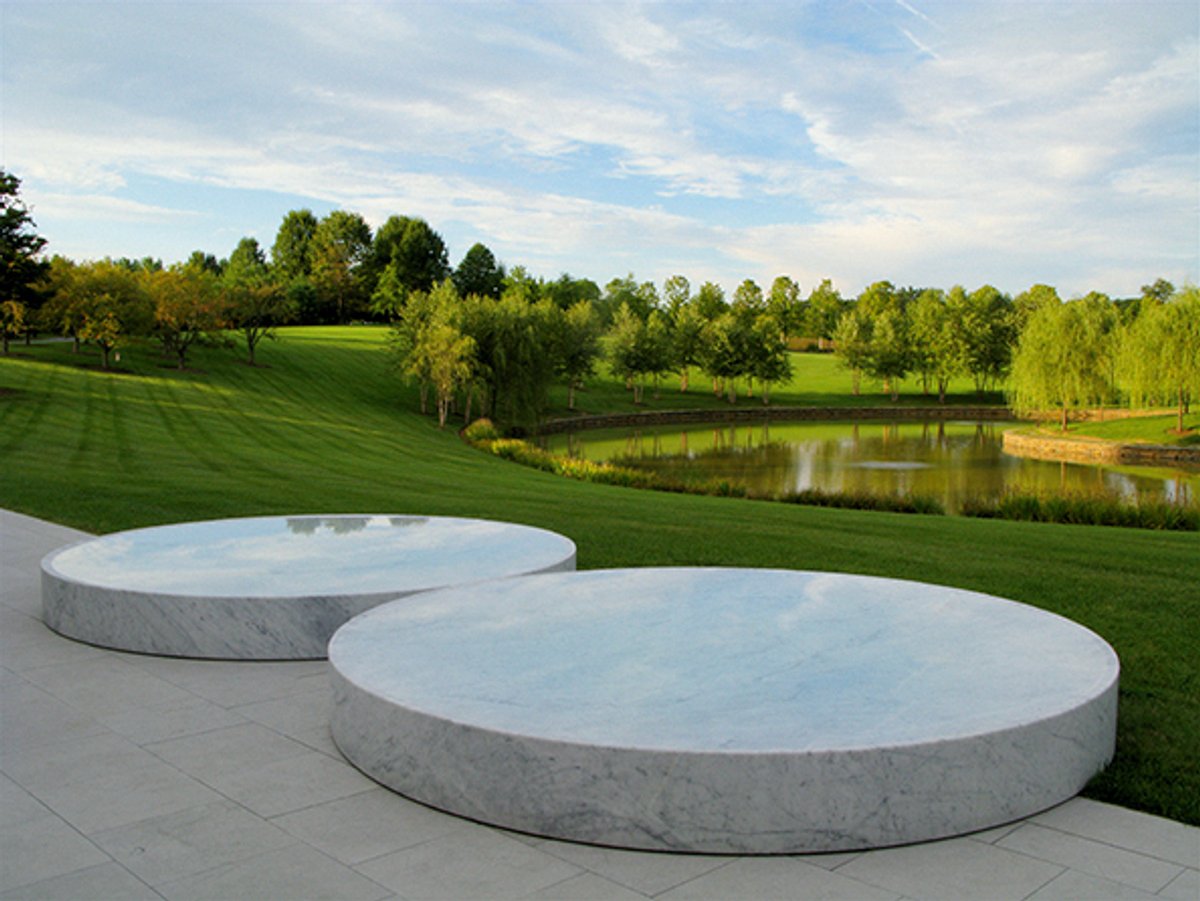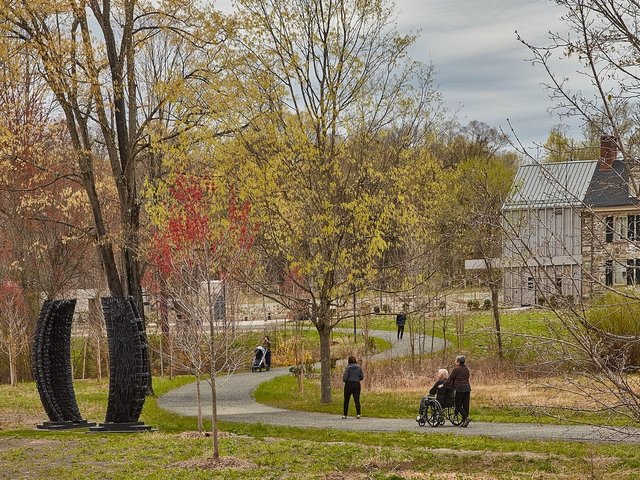Outdoor art can become a crucial element of a place’s identity, but long-term and permanent pieces face particularly complex conservation issues. As these works weather the elements—which can include intended and unintended public interaction—they are subjected to damage and decay, leaving those in charge of their care with the difficult and costly task of ongoing maintenance. But who exactly is responsible can be complicated, leading to disrepair, litigation and even the eventual removal of works.
Accredited art organisations must maintain certain standards set by groups like the American Alliance of Museums and the International Council of Museums, which extend beyond institutional walls to the display of outdoor art. In the nuanced world of public art, however, things are less regulated. Public art is often under the stewardship of local governments or civic committees, which are not beholden to museum guidelines. Moreover, projects tied to the tenure of political figures can come with less planning, raising questions of long-term sustainability. President Donald Trump’s “National Garden of American Heroes” sculpture park, for example, is intended to include 250 “heroic” figures. His executive order stipulates that the life-size statues must be created “from marble, granite, bronze, copper or brass” and be completed by next spring to coincide with the nation’s 250th anniversary, an arguably impossible timeline.
As examples show, once civic projects are completed, there can be issues of neglect. In San Francisco, a 1971 Brutalist fountain by Armand Vaillancourt is at risk of being destroyed due to a redevelopment plan. “It wasn’t maintained,” says Charles A. Birnbaum, the president and chief executive of the Cultural Landscape Foundation. “We wrote about this more than a decade ago.”
The perfect storm
The Vaillancourt Fountain is owned by the San Francisco Arts Commission, but the plaza’s redevelopment efforts fall in the realm of the city’s Recreation and Parks Department, making jurisdiction complicated. “Vaillancourt is the perfect storm,” Birnbaum says. “A significant percent of the downtown commercial real estate in San Francisco is vacant. There’s a knee-jerk reaction that something needs to change and it’s much easier to say you need something new when what’s already there looks terrible.”
In Chicago, another public work is at the centre of ongoing debate. Sol LeWitt’s Lines in Four Directions (1985) is a monumental sculpture installed on a façade. In 2000, the General Services Administration (GSA) purchased the building, along with the sculpture. In March, unknown to the late artist’s wife, the GSA removed the sculpture due to deterioration and placed it in storage. LeWitt’s estate did not comment on the issue and the GSA did not respond to questions, but recently told the Chicago Sun-Times that repairs are subject to “GSA approval and funding”.
Even in the institutional sector there have been instances in which art has fallen into disrepair, as seen in the recent dispute over a piece by Mary Miss commissioned by the Des Moines Art Center (DMAC). In 2024, the museum stated that Greenwood Pond: Double Site (1996) was past the point of repair after it had spent nearly $1m on maintenance since its construction and that it would be demolished. Miss filed a lawsuit against the museum and the parties eventually reached a settlement to demolish the work, with the artist receiving $900,000 in return. The contract between Miss and the institution was a protecting factor that said the work could not be destroyed without the artist’s permission. Such contracts are standard with the commission and acquisition of art and can be particularly useful in outlining long-term care.
Considering care from the get-go
Understanding how institutions maintain outdoor works illustrates just how complex the issues facing any steward can be. “We are always thinking about maintenance from the beginning whether a work is up for a day or if it’s up for 25 years,” says Chloë Catán, the executive director at Lassonde Art Trail in Toronto. “Maintenance is something we talk about with the artists right at the concept stage and include in the commissioning document. Even things like hardware have to be considered to withstand extreme weather.”
Founded in 2022 through a C$25m ($17.8m) gift from the philanthropist Pierre Lassonde, the public art trail will open next year and feature permanent and temporary works. The two permanent sculptures by Kent Monkman and Joana Vasconcelos are being funded with C$10m ($7.1m) from the initial gift. Once the works are installed, Lassonde will donate them to the City of Toronto, along with an endowment for maintenance, a requirement of the city.
“We will also hand over a maintenance manual that we ask the artist to make,” Catán adds. “Asking artists to think about this early in the process is important to avoid issues down the road.” Such plans may also address the complicated question of how to define permanence, which some artists view as a natural part of a work’s evolution.
With outdoor art exposed to the elements, even routine care can be particularly involved. “The maintenance of Felix Gonzalez-Torres’s Untitled (1992-95) exemplifies the team effort that goes into keeping an artwork looking its best,” says Steven O’Banion, the director of conservation at Glenstone, a private institution in Maryland. The piece consists of two circular white marble reflecting pools.
“The sculpture is as enticing to geese as it is to visitors,” O’Banion says. “To prevent it from doubling as a bird bath, our security department sets up a goose fence every evening and removes it in the morning. The grounds team painstakingly trims the grass that abuts the sculpture by hand and ensures that the water is topped off each morning.” The pools are drained each winter to prevent damage from the expansion of freezing water, and a graduate conservation student recently created a protocol to prevent algae growth.

The Storm King Art Center in New York state has a dedicated building for conservation and maintenance of large-scale works. Here a work by Arlene Shechet is being worked on Photo: Richard Barnes
Purpose-built
Some institutions with large outdoor collections have entire buildings dedicated to conservation, like the Storm King Art Center north of New York City, which recently opened a maintenance and fabrication facility as part of a $53m capital campaign project. The purpose-built space allows the institution to handle routine and in-depth conservation, including the repainting of large-scale sculptures.
In each of these examples, the organisations formalised conservation in their operations and budgets, a key factor missing for many public works not associated with art centres. There are, however, grants to support such efforts, including through institutions like the Getty Conservation Institute. Companies like Bank of America also sponsor conservation; Claes Oldenburg’s Lipstick (Ascending) on Caterpillar Tracks (1969, reworked in 1974), a public sculpture at Yale University, is currently undergoing repairs supported by the bank. Nora Lawrence, Storm King’s executive director, notes rising interest from donors to support conservation projects and studies within the field, though these funding opportunities can be less attractive than a splashy acquisition or gleaming new wing.
While municipalities might not be able to adopt museum standards, at the very least such examples illustrate how convoluted and costly maintenance really is. “The level of care needed for outdoor art can be hard to grasp when things look pristine,” Lawrence says. “The landscape changes, the weather changes and sometimes the artwork changes. If anyone or any city is thinking about installing outdoor art, thinking beyond those first few months is critical.”




